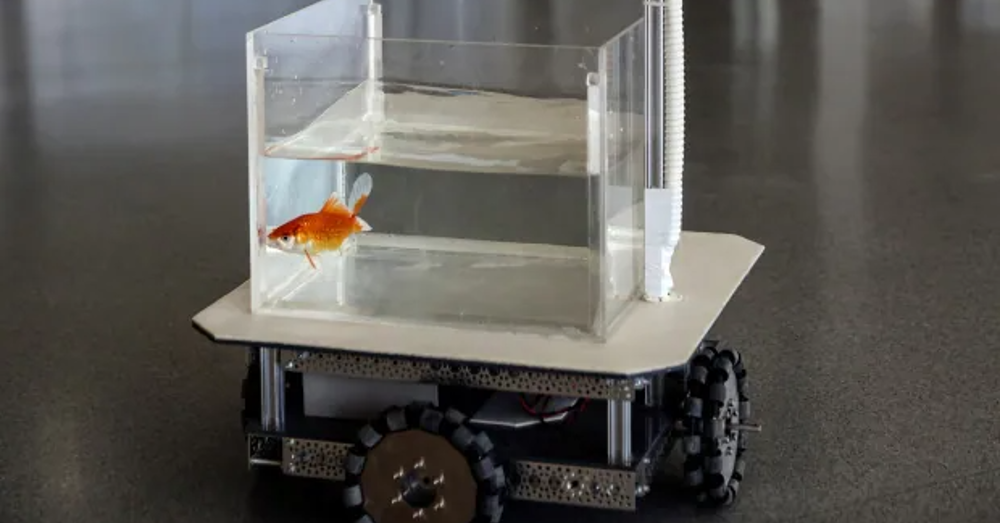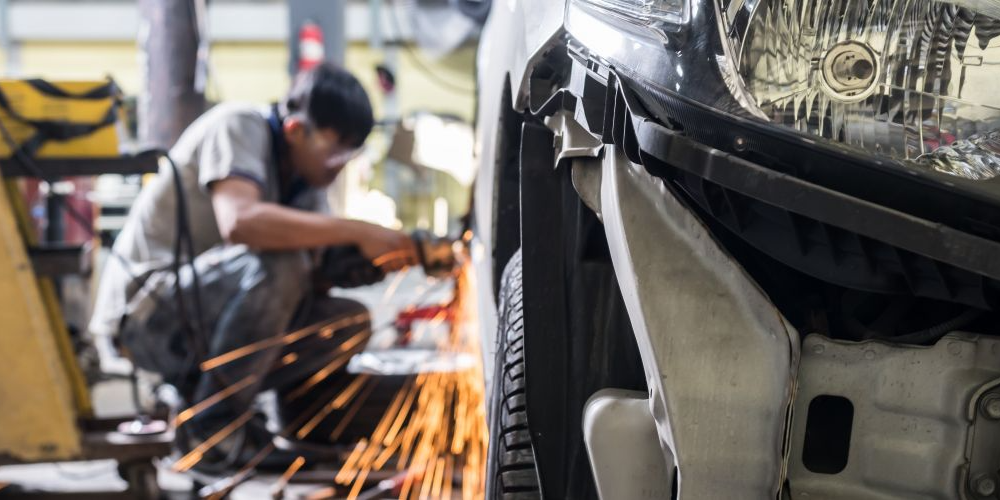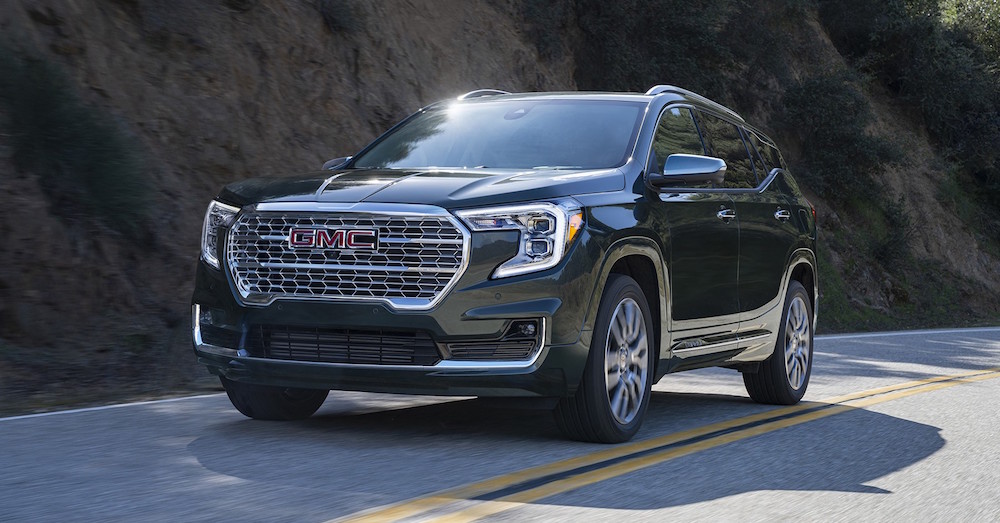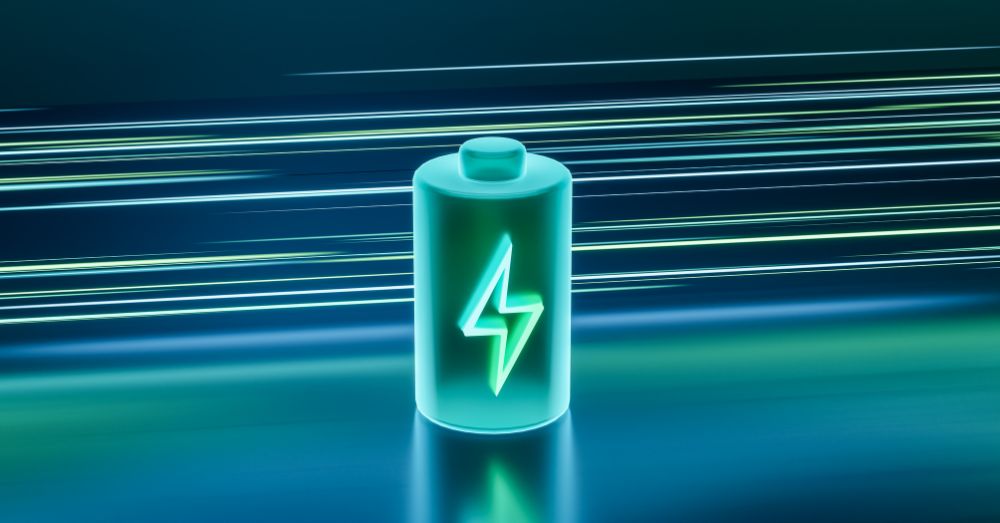The title could be a bit of a spoiler; if goldfish had not successfully figured out how to drive, we wouldn’t be talking about it.
Even with that bit of information revealed, how this was discovered and the way that these fish figured out this activity is remarkable. If you’re picturing a fish sitting in the driver’s seat with the rear fin in the pedals and the side fins on the wheel while yelling at the kids in the back, you’re probably smiling as much as we are, but there was much more realistic science put into this project.
Moving the Tank Around the Room
Can you imagine a world when the fish you have in your home tank can simply move that tank from one side of the room to another? Most of us cannot imagine this and would likely freak out if the tank were moved without any explanation other than “the fish did it” to offer as a conclusion. Thankfully, most of our tanks are not built the same as the Israeli scientists that have found out what these fish can do when put to the test.
A Car Driven by Goldfish
You already know the answer to the question, but how can a goldfish learn to drive? The scientists at Ben-Gurion University created a robotic car with a top-down camera that allows the fish to control the movements of a small tank on top of a wheeled platform. This acts as the “car” in this case and can be driven around the small area by the fish in the tank. This setup uses motion-sensing technology to signal the wheels to move whenever a fish swim close to the side of the tank to make it move.
How Do These Fish Learn to Drive?
Most of us have seen the rat/mouse in a maze experiment that places a piece of cheese at the end of the maze to entice the animal to move through the maze to get the cheese. This is the same logic used to teach a goldfish how to drive. Over time, the fish learns that their movements will move the little vehicle. They can see where they are going and figure out that a treat, in this case, a bit of food, is given if they bring the small tank on wheels to a specific location on the other side of the room.
The Goal of the Fish
As you would expect with any animal, the goal for the animal is to reach the place where they receive food. Unlike the mouse in a maze, the use of smell is not part of the process. Instead, a pink target area was set up in the room for the fish reach through navigating the vehicle. This area was only a small space at the opposite end of the room, which gave the fish a visual target to be rewarded by moving the vehicle properly.
If a fish were to navigate the vehicle to the opposite side of the room but missed the pink target area, no reward was given. The fish would then need to adjust the vehicle and move it into the target range to receive a reward of food. The amazing part of this process is the fact that these goldfish were able to drive their small tank-vehicles to the target area time after time, once they understood a reward was waiting for them at the other end of the room. This proved that fish have the capabilities needed to navigate their environment, even when that environment exists outside of the water.
Domain Transfer Method – Fancy Name for Fish Driving
The research of these scientists tells us that fish are capable of maintaining their navigational abilities, even in a land-based environment. This process is called domain transfer methodology, which allows a species placed in an unfamiliar environment to continue to carry out familiar tasks. Fish always have to navigate the places they live to find food, lay eggs, and survive. Navigation is a natural part of what fish do, and this method shows us they continue to do so on land when properly equipped.
The Struggle Was Real
Teaching a fish to drive a car is something that seems like it would be impossible, but in this case, it only took time for the fish to figure out how the system worked. Once they got the hang of how the systems worked and where they needed to go to receive the reward of food, nothing was stopping them. This might be a lesson for many of us who think that we should be good at something the first time we try that activity. Almost everything in life takes practice, learning, failure, and repetition for success to be part of the equation.
The Smallest Drivers in the World
There were six goldfish that were part of this study, with the largest measuring seven inches long and weighing in at a whopping 4.2 oz. Each of these little drivers received ten lessons, which would have been interesting to see and comical to think about, which gave these fish the type of expertise needed to move their small tank-cars across the room, even when obstacles were placed in their paths. Eventually, these fish were capable of reaching the target without failure, making them champions in the driving world.
A Fun Experiment that Told Us Quite a Bit
There is a popular myth that states that the memory of goldfish only lasts a few seconds. This experiment certainly dispelled that myth. If we thought that goldfish couldn’t learn to drive, that’s been proven wrong. For anyone thinking that these little fish are stupid or can’t learn, that’s also been put to rest. These remarkable small fish, which are normally the most common of aquatic pets, were capable of moving their tank-cars across the room to receive a reward, making them some interesting and smart little drivers.
This post may contain affiliate links. Meaning a commission is given should you decide to make a purchase through these links, at no cost to you. All products shown are researched and tested to give an accurate review for you.




